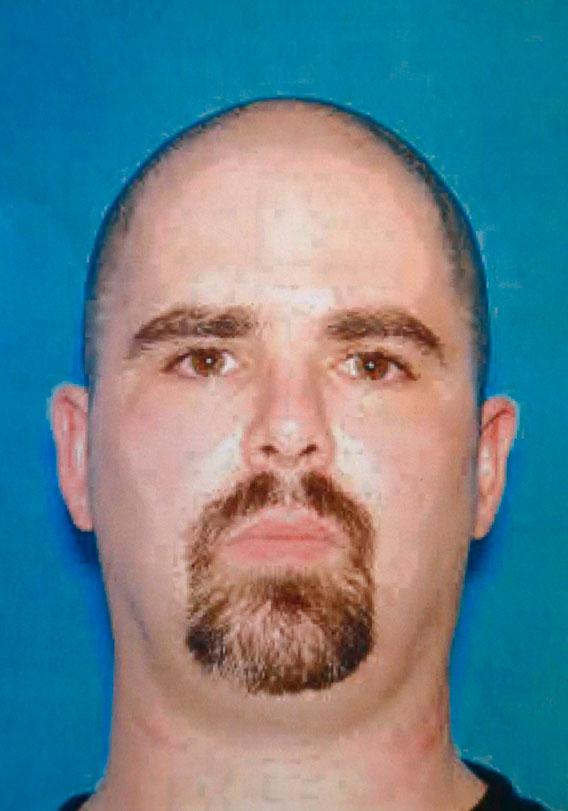After Wade Michael Page, the suspect in the Wisconsin Sikh temple shooting, was fired from a Harley Davidson shop in 2004, he left behind an application to join the Ku Klux Klan. What’s on the KKK application form?
Name, address, and information about membership in secret orders. Klan applications vary by chapter, but most begin with the same information required for a drugstore discount card (contact information, age, marital status, etc.). Then there’s information specific to white extremist groups. Applicants usually have to disclose whether they’ve ever worked in law enforcement or for the government in any capacity. They must affirm that they are white Christians, and that they don’t belong to other secret orders like the freemasons. (Conspiracy theorists—Klansmen chief among them—believe the masons are plotting to take over government and subvert Christianity.) Some applications include the question “Do you believe all men are created equal?” The correct answer, if you’re a prospective Klansman, is “no.” Extremist websites sometimes use the same technique, popping up this question and diverting those who answer “yes” away from the site.
Most Klan applications ask the applicant’s gender. While many Klan outsiders think of the group as composed almost entirely of men, it’s probably about 30 percent female. Photos from picnics and other Klan get-togethers show a strong female turnout. (Other extremist organizations, like certain neo-Nazi skinhead groups, exclude women, but usually have auxiliary associations that accept them.)
No one knows the overall acceptance rate, but the Klan doesn’t appear to be very selective. The chapters use the application process to raise funds—application fees run about $20—more than to weed out undesirables. Racist prison gangs and skinheads are more discriminating, so to speak. They often require prospective members to go through a yearlong apprenticeship, sometimes performing illegal and violent tasks, before their membership application is voted on. The most organized extremist groups perform a criminal background check and public records search, in part to confirm that the applicant isn’t an undercover officer using an assumed name.
The Klan has asked newbies to fill out application forms since at least the 1920s, when the group controlled state legislatures and membership rolls swelled into the millions. The more entrepreneurial, less secretive Klan of that era mailed out unsolicited applications on Imperial Wizard letterhead to those whose friends or acquaintances recommended them for membership. The application came with a return envelope stamped with postage (2 cents at the time).
The Klan application has undergone some telling changes. The KKK was acutely concerned about immigrants in the 1920s, and the application used to ask whether the prospective member’s parents were born in the United States and whether the applicant believed in “the principles of a PURE Americanism.” Few of today’s applications ask about the applicant’s birthplace, let alone that of his parents. Religion also appears to have been a greater focus. Pre-Depression applicants had to answer a series of questions about religion, such as “Are you a gentile or Jew?” “Of what church are you a member (if any)?” and “Of what religious faith are your parents?”
Of course, the Klan was just as interested in the race of its members then as it is now, although the specific race-related questions have changed somewhat. The Klan used to ask new members, “Are you of the white race or of a colored race?” and also inquired about their hair and eye color, rather than just asking for an affirmation of whiteness.
Got a question about today’s news? Ask the Explainer.
Explainer thanks Heidi Beirich of the Southern Poverty Law Center and Mark Pitcavage of the Anti-Defamation League.
